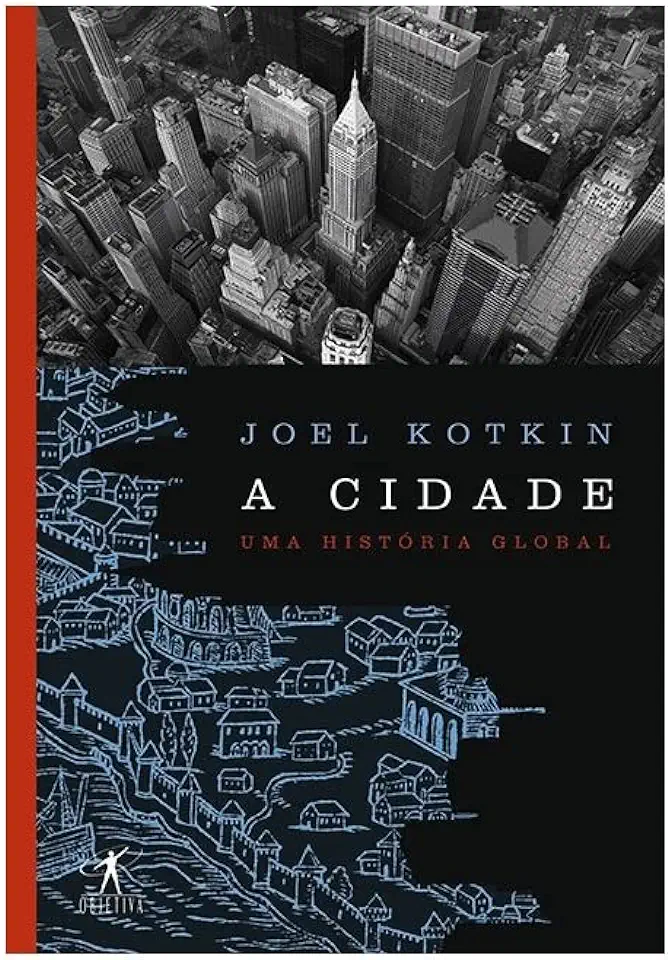
The City: A Global History - Joel Kotkin
The City: A Global History by Joel Kotkin
A sweeping history of the world's cities, from their earliest origins to their present-day challenges
In The City, Joel Kotkin takes readers on a journey through the history of the world's cities, from their earliest origins to their present-day challenges. Kotkin argues that cities are the engines of economic growth and innovation, and that they have played a vital role in shaping human history.
The Rise of Cities
The first cities emerged in Mesopotamia around 3500 BC. These early cities were small, with populations of only a few thousand people. However, they quickly grew in size and importance, and by the 1st century AD, there were over 100 cities with populations of over 100,000 people.
The growth of cities was driven by a number of factors, including the rise of agriculture, the development of trade, and the need for defense. Cities provided a safe and secure environment for people to live and work, and they also offered a variety of economic opportunities.
The Golden Age of Cities
The Golden Age of Cities occurred between the 11th and 13th centuries. During this time, cities flourished in Europe, Asia, and the Middle East. The population of London grew from around 50,000 in 1100 to over 100,000 in 1300. The city of Baghdad reached a population of over 1 million people, making it the largest city in the world.
The Golden Age of Cities was a time of great economic growth and innovation. Cities were centers of trade and commerce, and they also saw the development of new technologies, such as the printing press and the compass.
The Decline of Cities
The decline of cities began in the 14th century. A number of factors contributed to this decline, including the Black Death, the Hundred Years' War, and the rise of feudalism. The population of London fell from over 100,000 in 1300 to around 50,000 in 1400. The city of Baghdad was destroyed by the Mongols in 1258, and it never fully recovered.
The decline of cities had a devastating impact on the world economy. Trade and commerce declined, and there was a widespread loss of knowledge and culture.
The Renaissance of Cities
The Renaissance of Cities began in the 15th century. A number of factors contributed to this revival, including the rise of the merchant class, the development of new technologies, and the growth of trade. The population of London grew from around 50,000 in 1400 to over 200,000 in 1600. The city of Amsterdam grew from a small fishing village to one of the most important cities in Europe.
The Renaissance of Cities was a time of great economic growth and innovation. Cities were centers of trade and commerce, and they also saw the development of new technologies, such as the printing press and the compass.
The Modern City
The modern city is a product of the Industrial Revolution. The Industrial Revolution led to a massive increase in the population of cities, as people moved from rural areas to urban areas in search of work. The population of London grew from around 200,000 in 1600 to over 6 million in 1800. The city of New York grew from a small town of around 25,000 people in 1700 to a metropolis of over 1 million people in 1800.
The growth of cities in the 19th century was accompanied by a number of problems, including overcrowding, pollution, and crime. However, cities also continued to be centers of economic growth and innovation.
The Future of Cities
The future of cities is uncertain. Some experts believe that cities will continue to grow in size and importance, while others believe that they will decline in the face of challenges such as climate change and globalization.
However, one thing is for sure: cities will continue to play a vital role in human history. Cities are where people come together to live, work, and innovate. They are the engines of economic growth, and they are the centers of culture and civilization.
The City is a must-read for anyone interested in the history of the world. It is a fascinating and informative book that will change the way you think about cities.
Enjoyed the summary? Discover all the details and take your reading to the next level — [click here to view the book on Amazon!]